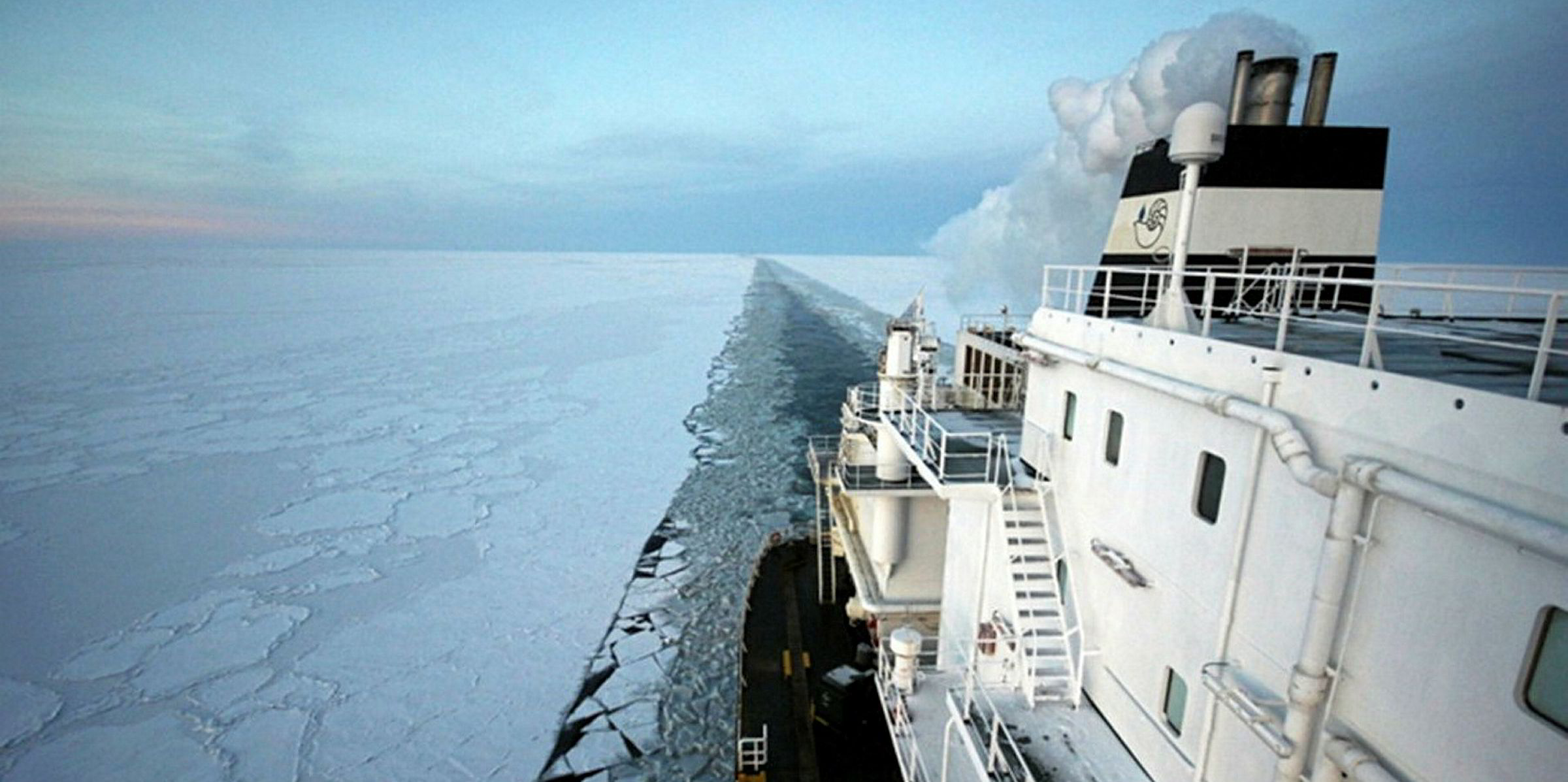Plans being drawn up by Russia to make a $7bn investment splash in Arctic shipping make eye-catching headlines.
But is this a realistic strategy to help make the Northern Sea Route (NSR) above Siberia a viable competitor to the Suez Canal?
And is it even appropriate in today’s world to encourage industrialisation of such an environmentally sensitive area?
It is worth saying to start with that Rosatom has made no formal announcement of these plans — or officially confirmed them.
But there has been no attempt to deny the reports — verified by unnamed Rosatom sources and published by the country’s leading business paper, Vedomosti.
The plan, which has been run past a variety of banks, according to the report, sees Rosatom intend to start its own freight shipments on the NSR by 2020.
Rich rewards
Within six years the company would be earning $4bn annually from these operations, hitting $5.6bn by 2026, it is promised.
Rosatom is best known for operating Russia’s fleet of nuclear power stations but subsidiary, Atomflot, has a fleet of nuclear-powered icebreakers.
These vessels have been key to merchant shipping's use of this northern seaway, from ports such as Murmansk in the west to Kamchatka in the east.
Vladimir Putin has made it clear that opening up the far north and playing a major role in the potential wealth of the Arctic is a key priority of his Russian presidency.
The route is only usable part of the year, and even in the summer season ice can delay journeys, making it impossible to guarantee just-in-time deliveries
Arild Moe, senior research fellow at the Fridtjof Nansen Institute
Last year, he pushed aside Russia's ministry of transport and put Rosatom in charge of shipping, security and infrastructure on the NSR.
Sergey Frank, the high-profile chairman of the board at Sovcomflot (SCF), has recently taken up a committee post at the NSR.
Putin’s enthusiasm for shipping in the region has been encouraged by local, but private, energy group Novatek, which has been developing LNG projects there.
Arctic LNG is already up and running and a second project is under construction. State-owned energy giant Gazprom is also producing and exporting oil from the Novy Port project in the Russian Arctic.
Mark Gyetvay, deputy chairman of the Novatek board, has said he would like the NSR to be open year-round from 2025.
Currently, it is largely only accessible to LNG carriers or other merchant vessels during the summer months, when the ice is thinner.

In 2018, Rosatom icebreakers escorted more than 330 ships through the NSR and total cargo volumes reached 20m tonnes. This year, it could total 30m tonnes, Rosatom predicts.
Danish boxship giant Maersk became the first company to send a containership through this Arctic waterway — in the autumn last year.
If the NSR really takes off, it could provide competition to the much-used east-west route via the Suez Canal.
Quicker in theory
It is much quicker — in theory — to go north rather than south because of the shorter distance. But is the Arctic passage economical if you have to pay expensive icebreakers to go with you?
Critics — and a variety of independent studies — say not.
“Due to shallow straits, the bigger — and most economic — container vessels can't pass, the route is only usable part of the year, and even in the summer season ice can delay journeys, making it impossible to guarantee just-in-time deliveries,” Arild Moe, senior research fellow at the Fridtjof Nansen Institute, told Norway’s High North News.
Then there are the environmental questions. Some blue-chip container operators, including CMA CGM and Mediterranean Shipping Co, have already said they will not use Arctic routes for this reason.
And no wonder in a world where shipping is struggling to convince a sceptical public that it is willing to play a big role in the fight against climate change.
The Arctic is warming fast and there are fears the tundra will start to release huge amounts of methane, a greenhouse gas far more potent than CO2.
Dancing on grave
Is it appropriate to produce more high-cost fossil fuels from the Far North and encourage more carbon shipping emissions there?
The Atomflot icebreakers are nuclear powered and do not emit CO2, although there are other safety fears surrounding atomic ships.
The $7bn new merchant fleet planned by the Russian company may be nuclear powered for all we know, but that would be very costly.
I think we may be dancing on our own grave if we encourage more industrialisation of the Arctic — unless it can be made carbon free.






